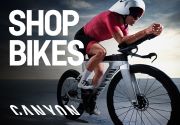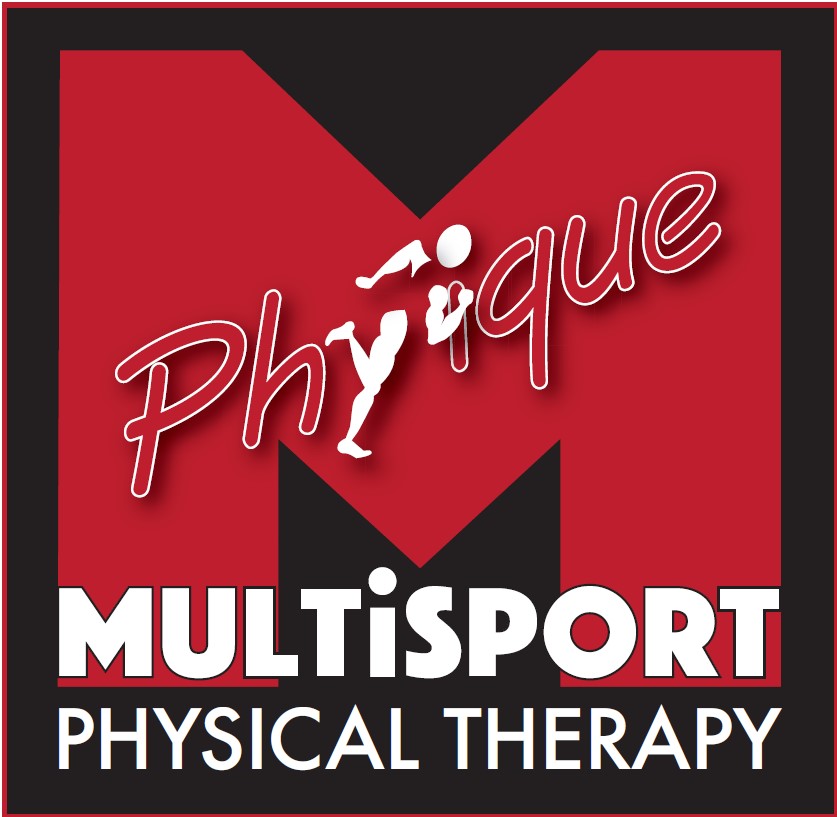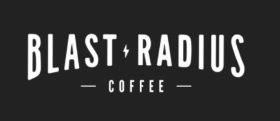Sarah Reinertsen

Recently I talked Ironman with Sarah Reinertsen. Sarah is a TCSD member who has qualified to race the Ironman in Kona this October in the Physically Challenged category.
CZ: When did you start running and triathlon and what was it like for you?
SR: I started off as a runner - when I was 11 years old I went to my first track meet for athletes with disabilities and I competed in the amputee division. I left that competition with 4 gold medals, and it was then that I set my sights on the Paralympic Games. In 1992 my dream came true, I competed for the United States at the games in Barcelona, Spain in the 100m.
I didn't medal in Barcelona which was a huge disappointment - so when I came back from Spain I took a break from the track and started to pursue distance road running. It all started with a 5k, and slowly I worked my way up to 10k road races, and finally in 1997 I did my first marathon. Being from NY I chose the NYC marathon as my first race. After conquering the marathon distance I was hooked, 4 months later I did the Los Angeles Marathon - and to date I have 7 marathon finishes under my belt. (1997 NYC, 1998 - LA & NY, 1999 - LA, 2000 - Millennium Marathon (New Zealand), 2002 - London, 2004 - Boston)
I didn't start doing triathlon though until 2003 - shortly after moving from Brooklyn to San Diego. My first race was the Carlsbad Triathlon. It was of course very intimidating for me since I had never swam in the ocean surf -- and I only had learned to ride a bicycle a month before, but I managed to get through the distance and I haven't stopped since.
No other woman on an artificial leg has done the Hawaii Ironman - I'm an above-knee amputee which is very different than being a below-knee amputee - so most of the amputee men that have conquered Ironman are missing their limbs below the knee (Paul Martin, Jim Maclaren, Rivaldo Martins, etc.). But so far no woman on an aritificial leg has done it (not an above knee or a below knee) ... and I only know of one above-knee amputee athlete that has finished Ironman, a guy from the east coast (Brian Leske who did the course in 16:40). I'm hoping to match or better his finishing time of 16:40 - but truthfully I'll be happy with any time sub-17.
CZ: I understand that if you did not get that lottery slot, you were going to attempt to qualify on your own this year. What are those requirements for a challenged athlete?
SR: For the PC (Physically Challenged) athletes you must apply to the PC lottery to get into the Hawaii Ironman. If you are a handcyclist you must qualify at the Buffalo Springs 1/2 Ironman where they offer 3-4 slots for athletes in wheelchairs. If you have a different kind of disability (amputee, blind, etc.) you must apply for the PC lottery. You submit your application paperwork, athletic resume, etc. to the Kona office, and then they select 6 PC athletes total -- so there are only 6 chosen from applications all over the world, men, and women. This year I was the only woman selected.
2004 PC Lottery Winners for Kona:
Maeda Yoshinobu PC Lottery Japan
Reinertsen Sarah PC Lottery USA
Eldridge Andrew PC Lottery Australia
Stewart Willie PC Lottery USA
Malech Maverick PC Lottery USA
You also must verify for lottery slot by successfully completing a 1/2 Ironman within the cut off of 8 hours - I did this at the 2004 Buffalo Springs 1/2 Ironman in Lubbock, TX. I finished that grueling course in 7:49.
CZ: How did you learn about winning your Kona lottery slot?
SR: I found out about my PC lottery slot when Don Norcross came to the CAF office to interview me... I was leaving the following day for the Boston Marathon, so he told me he was writing an article about the race in Boston, but it wasn't entirely about that - he was also there to tell me that the WTC had awarded me a PC lottery slot. During the interview he told me I should book my plane tickets -- and I said well I'm going to do that after I find out about the lottery slot, and he said, no that's what I'm telling you – you should book the flight because you are going.
It's been a goal of mine for many years to do Ironman (yes, even though I didn't know how to ride a bike, I would still dream of doing an Ironman one day), so I was pretty emotional when Don told me I was given a slot.
CZ: You validated your lottery spot at the Buffalo Springs Triathlon in Lubbock. What was that race like for you?
SR: Buffalo Springs was the longest triathlon I'd attempted so far... and I was very nervous about the heat and the wind – but the conditions are similar to Kona so that was exactly why I chose it. I knew it would be good preparation and many people have said that if you can finish that tough course, you can finish Kona.
CZ: What do you plan to do for your long workouts as you prepare for Kona?
SR: I have been working with tri coach Terrence Walsh of T-Rex Training for my Ironman preparation. I recently did lactate testing for the bike and run - so I'm training much more heart rate specific these days, and I think it's helped me to be more efficient. We're also doing work on video analysis to improve my form on the swim and run as well - so I'm doing the typical long rides, runs and swims in San Diego but becoming more efficient is going to be key to get my times down to make all the cut-offs in Kona. I've also noticed a big improvement in my strength from working with Kim Koch, a personal trainer from the CHEK institute to improve core strength. By working on specific exercises on my back, low abs, etc it's helped me become much stronger on the bike. And to get ready for the Kona heat I've been doing my long runs in the middle of the day -- and I've gone out to the desert for some long bike rides as well.
CZ: Given the challenges you faced at Buffalo Springs, what do you predict at Kona?
SR: My biggest challenge at Ironman will probably be the wind and the heat - and battling it all to finish within the cut off. So I'm very focused on those cut off times -- my fastest marathon to date is 5:27, so I can expect to run at least that in Kona. So to give myself enough time on the run I have to get much stronger on the bike. I'm hoping to swim a 1:10-1:20, bike 7:45 - 8 hours, and run in under 7 hours.
CZ: What is your favorite race and why?
SR: I have to pick just one? That's hard -- but I would have to say the Escape from Alcatraz was one of the most spectacular races I've ever done. It's definitely an adventurous triathlon, jumping off the boat, biking through the hills, and then running through the trails, the sand, and climbing that sand ladder. The scenery was so beautiful too that even when I was hurting on the run or the bike I was still smiling. It was one of the tougher triathlons I've done, but that's what made crossing the finish line so great.
CZ: What is your role at the Challenged Athletes Foundation?
SR: I work as the program manager at the CAF - so I'm in charge of the grant program, giving out the our grants to the challenged athletes all over the US and the world. It's of course something I'm very passionate about because I know very well the difference sports can make in a persons life - especially when they are disabled and don't always have the same resources or opportunities available to them. My left leg was amputated when I was 7, so as a kid I was often excluded from sports - and I know that discovering running and training with the US Disabled Track Team was the thing that made me feel strong, beautiful and normal during those teenage years. So it's incredibly rewarding to help other disabled people get involved with sports and to discover their own athleticism and strength.
CZ: What would be your dream job in sports?
SR: Before joining the CAF staff I worked as a on-air reporter and producer for a sports show on NBC "US Olympic Gold," so I would love to get back to sports television someday - so I would be happy to work as a sports reporter or anchor for Fox Sports or something (it would have to be in southern California since I can't imagine living anywhere else now!).
CZ: I've taken your spin class at Pacific Athletic Club and think you are an excellent spin instructor. Where else do you teach and can you elaborate on what triathletes should look for in a spin class and how they can benefit?
SR: I teach spin at the Pacific Athletic Club (Tuesdays 4:30pm) and at Frogs Solana Beach (Thursdays 6:00pm). I try to teach a class that's based in road cycling - I don't like those classes that are all aerobics on a bike. While some of my students have never been on a real bike, I do get a lot of triathletes in my class, so I try to bring the road experience indoors. Also, I do a post-spin run as well -- which has been great for both the triathletes and non-triathletes in my class. It's fun for some to experience their first brick workout.
CZ: Sarah, thank you for sharing your story. I know there will be a loud roar on the Big Island on October 16 when you cross that coveted finish line. Mike Reilly, the finish line announcer, better be practicing his lines because you are going to hear him say, “Sarah Reinertsen – You Are An Ironman!” Your TCSD friends are cheering for you already!








